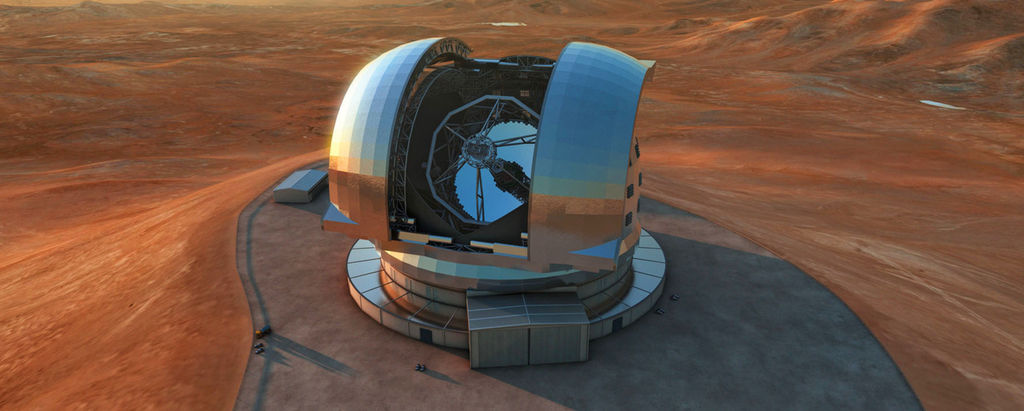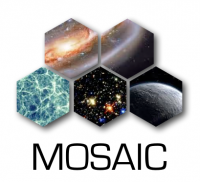| |||||
9-13 septembre 2019, Romelink to the website of the conferenceScientific Rationale | ||
|
| ||
Link to the site of the conference.SCIENTIFIC RATIONALEThe European Extremely Large Telescope (ELT) will be the world’s largest optical/IR facility for at least a generation. As it is currently the case for the European Very Large Telescope (VLT), the MOSAIC multi-object spectrograph will be the workhorse instrument for the ELT. | ||
Read more: MOSAIC 2019 - Science and Surveys with the ELT Multi-Object Spectrograph
|
Read the article on the ESO website
| ||







 The Multi-Object Spectrograph, also known as MOSAIC, is a proposed instrument for ESO’s forthcoming
The Multi-Object Spectrograph, also known as MOSAIC, is a proposed instrument for ESO’s forthcoming